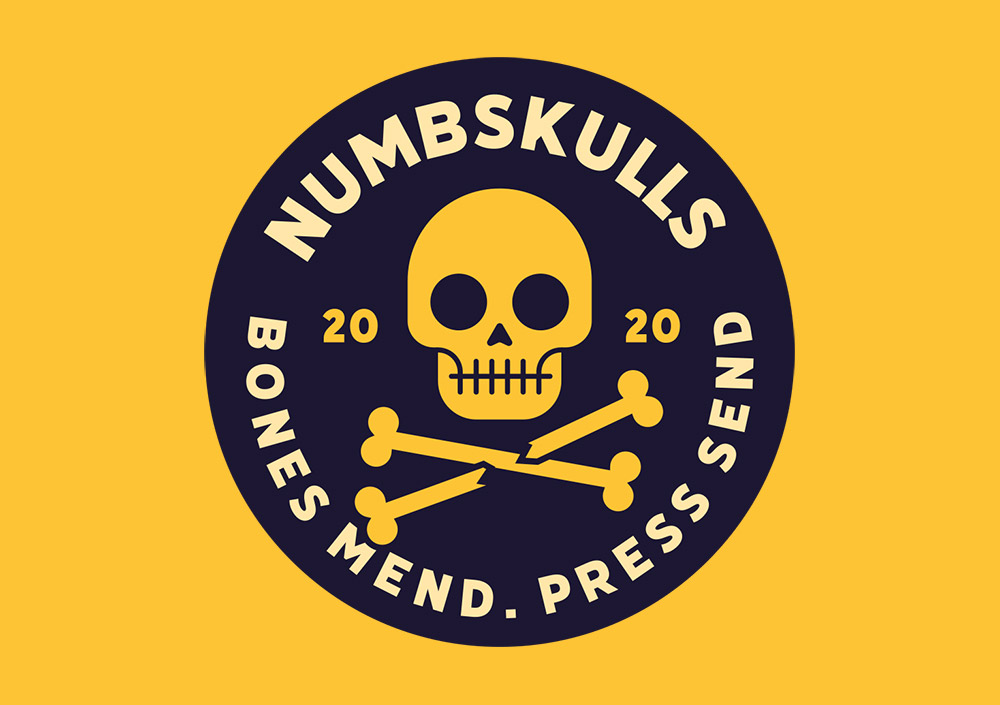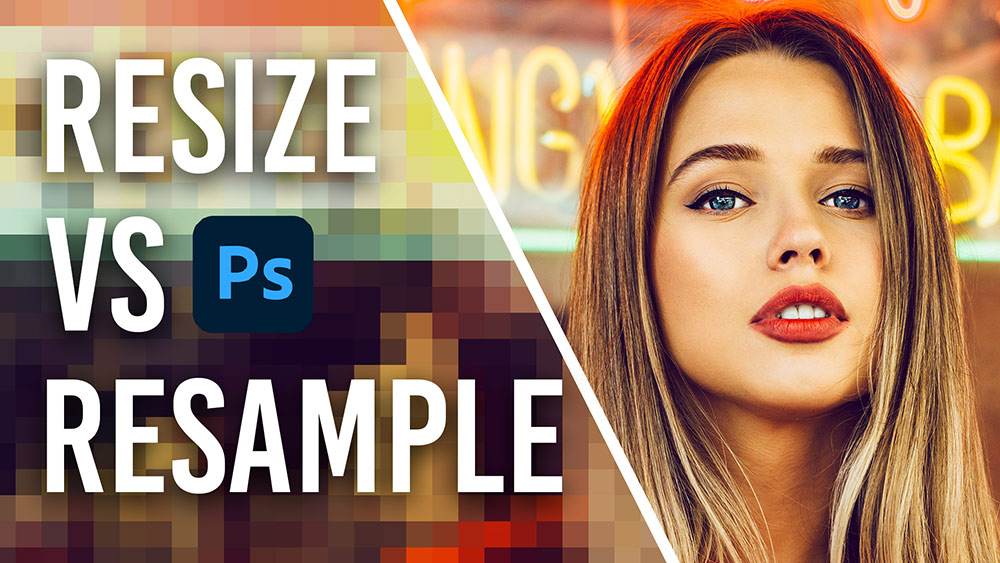Tutorials
In today’s Adobe Illustrator tutorial I’m going to show you how to create a retro badge style logo design featuring a simplified vector skull illustration and text elements that follow the circular outline of the badge container. To create the badge logo design, we’ll first start by drawing the vector skull illustration using basic shapes to give the artwork a stylised appearance. I’ll then show you some useful tips for creating Type on a Path effects, which are particularly handy for constructing classic badge layouts like this.
Sci-fi landscape scenes featuring Tron-style grids, mountain scenes, and a vibrant sunrise is a popular aesthetic that is associated with art and design from the 80s. This retro-futuristic style has remained in trend thanks to the retrowave/synthwave music movement, which has helped to bring back the visual elements from 80s arcades, action movies, fashion and pop culture. In today’s tutorial I will show you an easy way to create your own retro landscape scenes with the help of a huge 80s inspired toolbox named NeonWave. Download a free sample containing all the assets you need to easily construct this surreal sci-fi scene with vivid colours.
Resizing an image sounds like one of the simplest things you could do in Photoshop, but there are actually some common mistakes you should avoid. If you’re a professional designer or photographer, it becomes complicated when you need to factor in print size and resolution. In today’s video, I’ll cover the basics of resizing an image in Adobe Photoshop, and explain when you should (or should not) choose the Resample option instead. This is crucial technical knowledge every Graphic Designer or Photographer should know to avoid some costly mistakes or ugly prints.
Ever since I created the showcase of Unique Packaging and Label Designs for Whisky Bottles I have been wanting to have a go at creating some kind of liquor bottle label design of my own. I also have a resource in my collection that I have been eager to make use of, which would be the perfect tool for creating a Victorian style brand design complete with ornate flourishes. Follow along with this Adobe Illustrator tutorial to create a vintage logo for a whiskey bottle label. I’ll show you how a layered typeface and its bonus assets can be used to quickly build great-looking artwork without the need to illustrate the ornaments or lettering by hand.
In today’s Adobe Photoshop tutorial I’m going to show you how you can easily create cool looking vintage logo designs by combining antique illustrations with some visually interesting text styles and layouts. This kind of artwork is really popular as T-shirt graphics, so I’ll show you how to set up your document at the appropriate size for a T-shirt design. To finish off the artwork, we’ll apply some vintage print effects and make use of my Washed and Worn textures to make the digital design look like a realistic old T-shirt print.
In today’s Adobe Illustrator tutorial I’m going to show you a really useful technique for creating isometric art, in particular an isometric city scene with loads of skyscrapers and bright neon lights. Usually, isometric illustrations would be drawn with the help of a grid, but this method makes it easy to build simple 3D objects in a range of shapes and sizes. Decorating the objects to turn then into skyscrapers is easy too. I’ll show you how you can add colourful shapes to represent the windows, without having to worry about getting the angles right.






